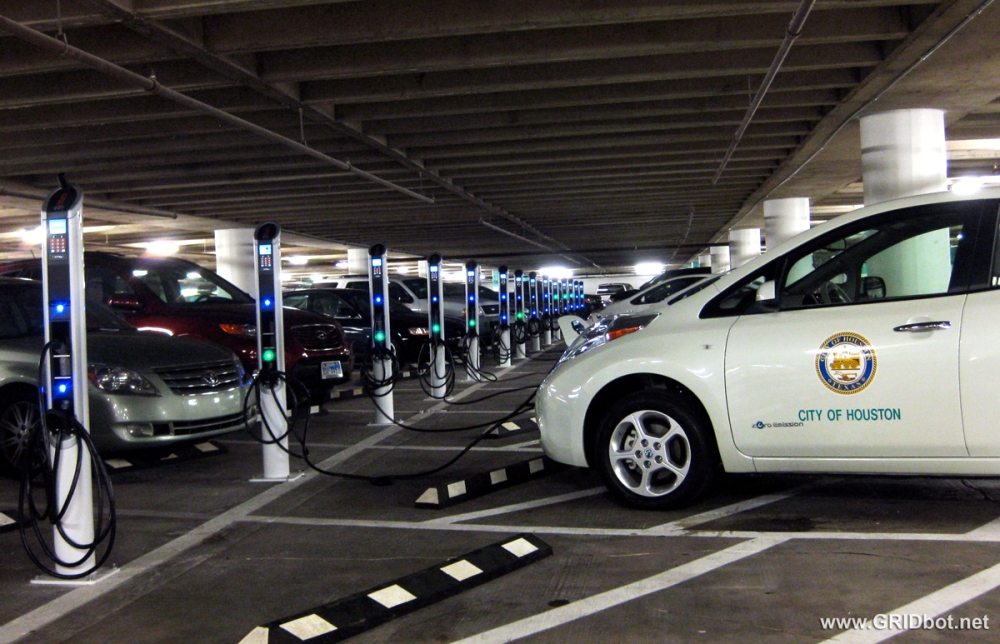We all know that exhaust fumes do bad things to us and our planet, and that gasoline fumes contain carcinogens, but the biggest risk to your health might come from the gas pump itself, not the gasoline.
That’s the verdict of a recent study by Kimberly-Clark Professional, which found that the number of potential harmless bacteria and viruses found on the average gas-pump handle could, quite frankly, seriously damage your health.
In fact, the study’s head Dr. Kelly Arehart, said that the handle on the lowly gas pump was less hygenic than public mailboxes, ATM machines, escalator rails and even parking meters.
“It comes down to the fact that nobody cleans the things that you’re going to touch on a daily basis,” he told Reuters.
Houston's Tranquility Park Garage with GRIDbot charging stations
That’s hardly surprising if you consider the number of people who use a single gas station pump in a single hour during the rush-hour, most of whom we’d assume would be too busy to bother washing their hands after pumping gas.
As part of the study, researchers found that gas-pump handles contained high levels of adenosine triphosphate, which suggests the presence of animal and vegetable remnants as well as bacteria, yeast or mold. In short, it appears the humble gas-pump handle is the ideal breeding ground for all kinds of infections.
The solution? Make sure you wash your hands after pumping gas, or wear a pair of disposable gloves. Or, if you’re like us, carry a pair of washable gardening gloves to pump gas in.
And although we expect electric vehicle charging stations aren’t quite as grubby yet on account of less people using them than gas pumps, it wouldn’t hurt to take similar precautions when using a public charging station -- although a bottle of hand sanitizer inside your car’s glove box should probably do the trick.
+++++++++++













